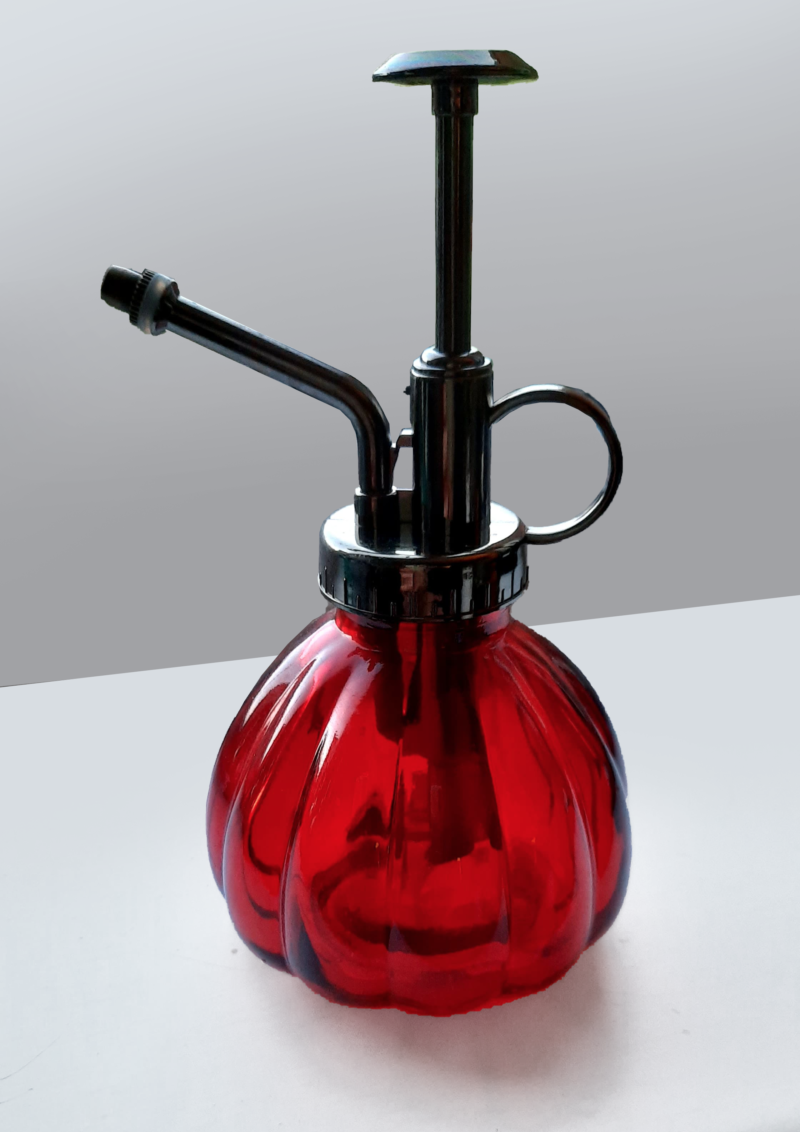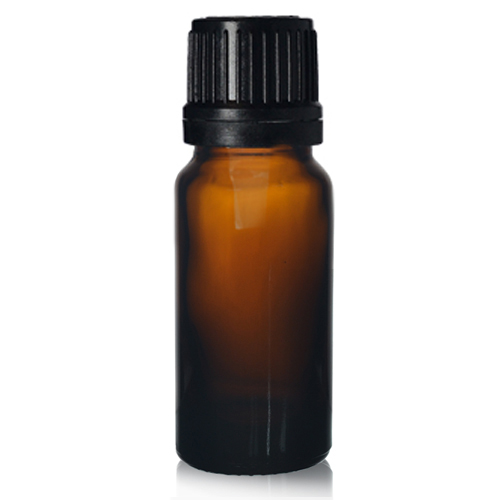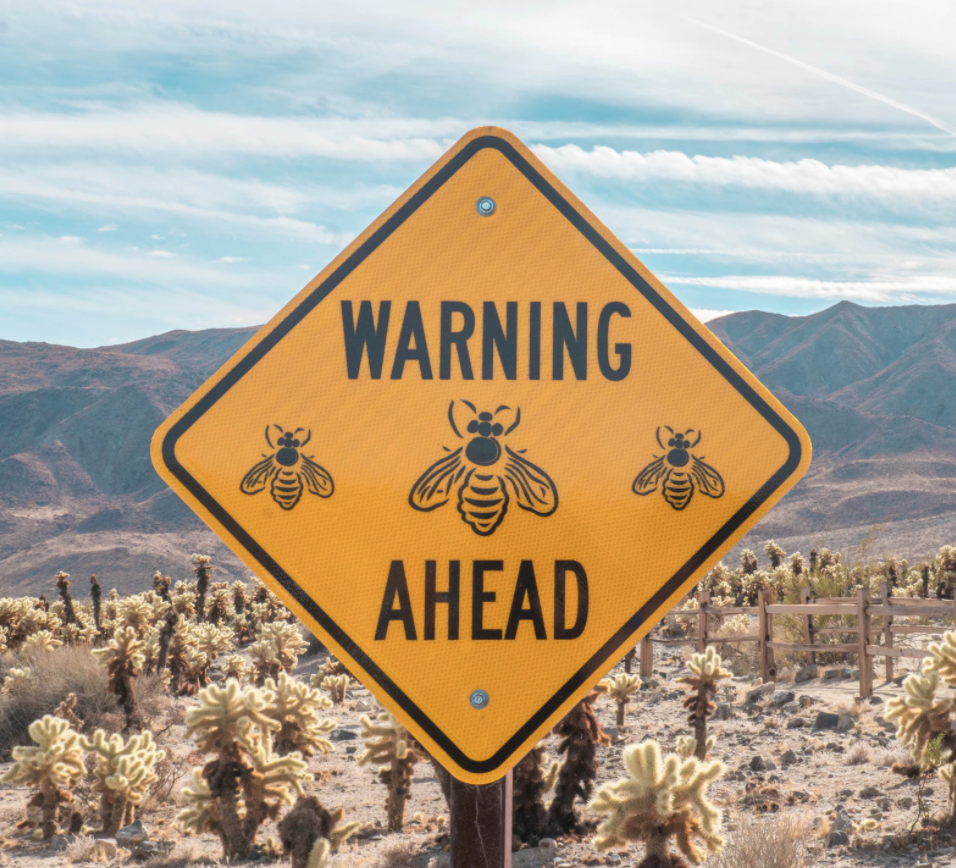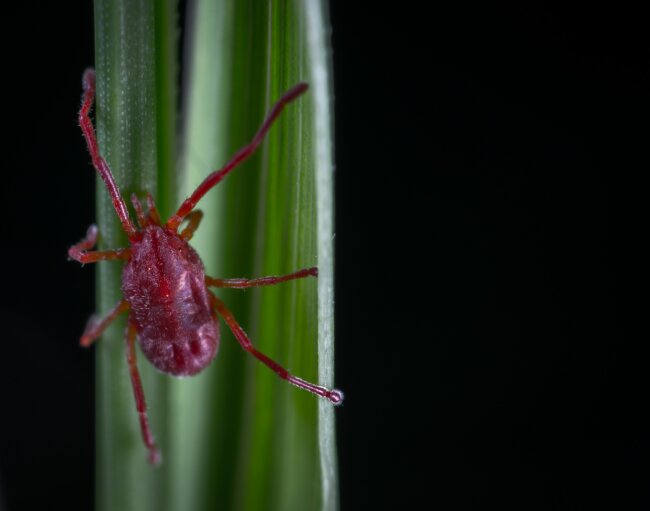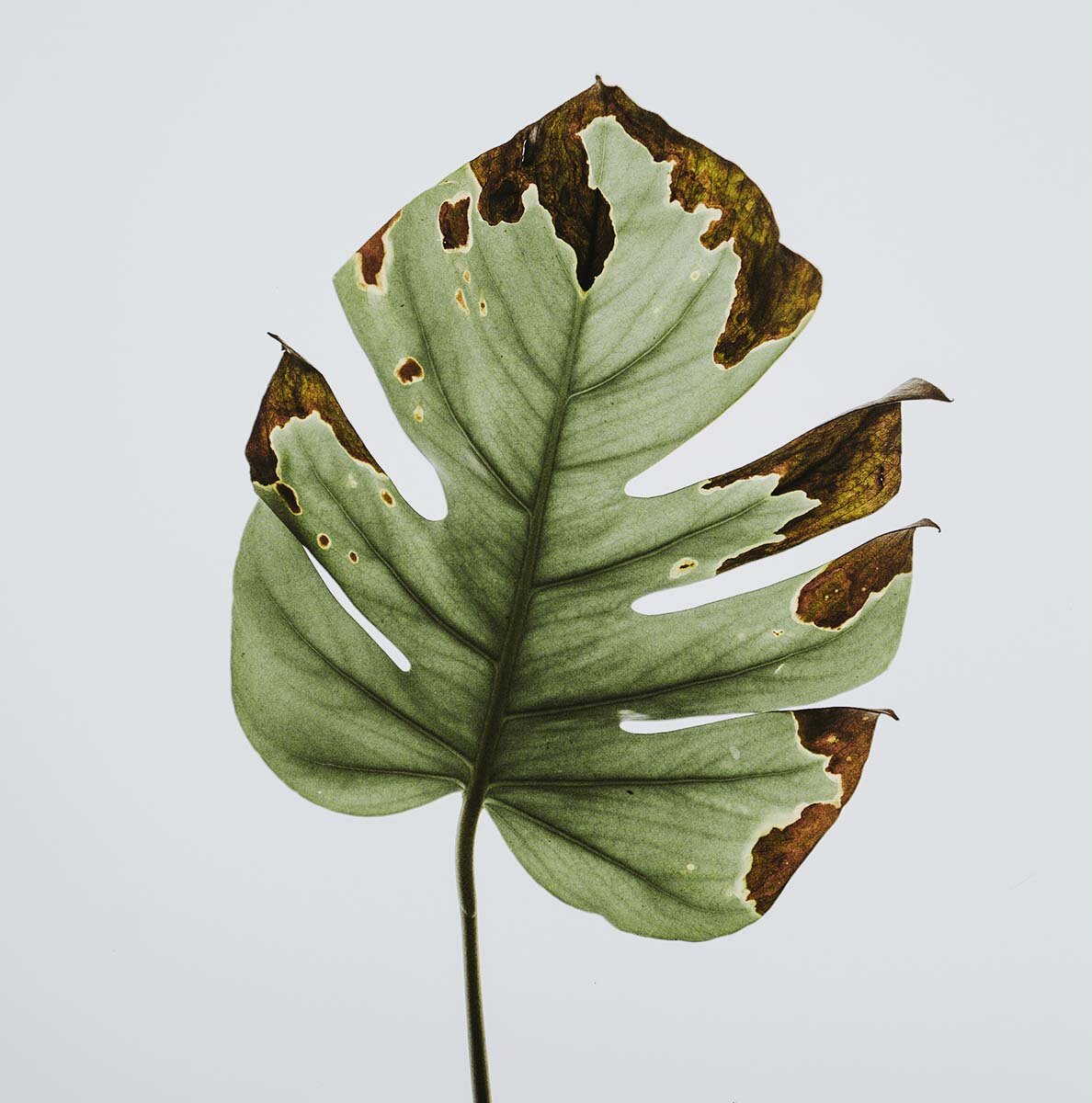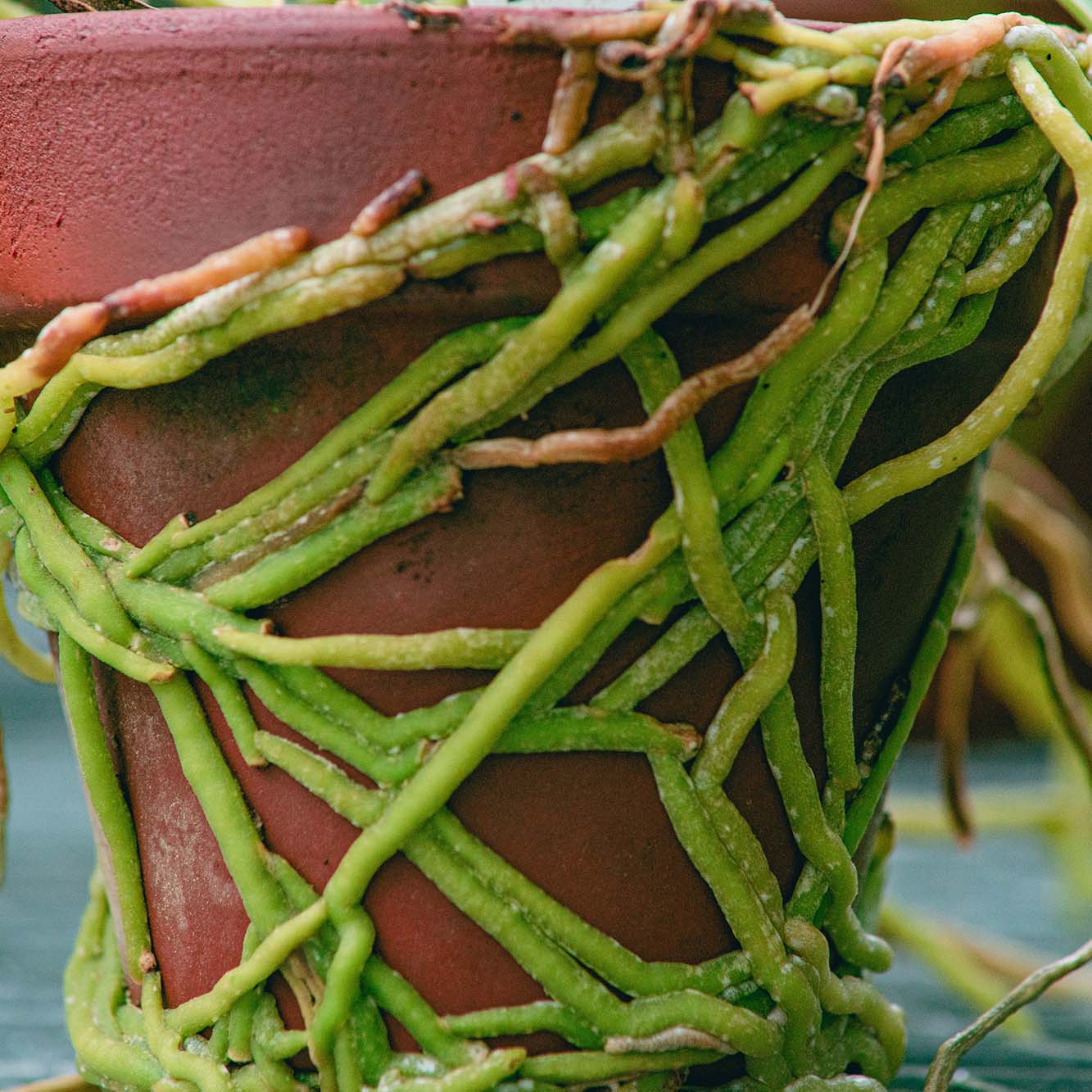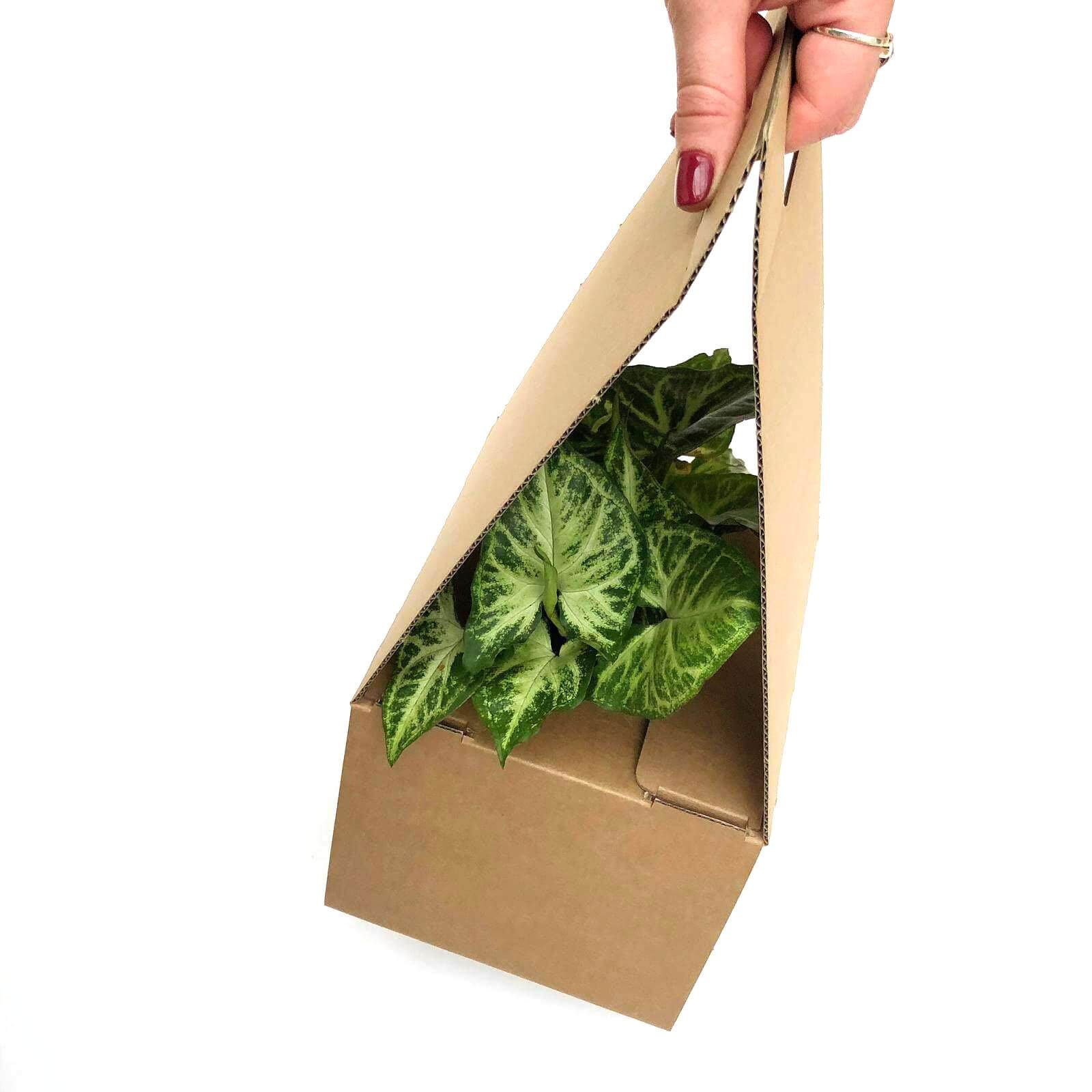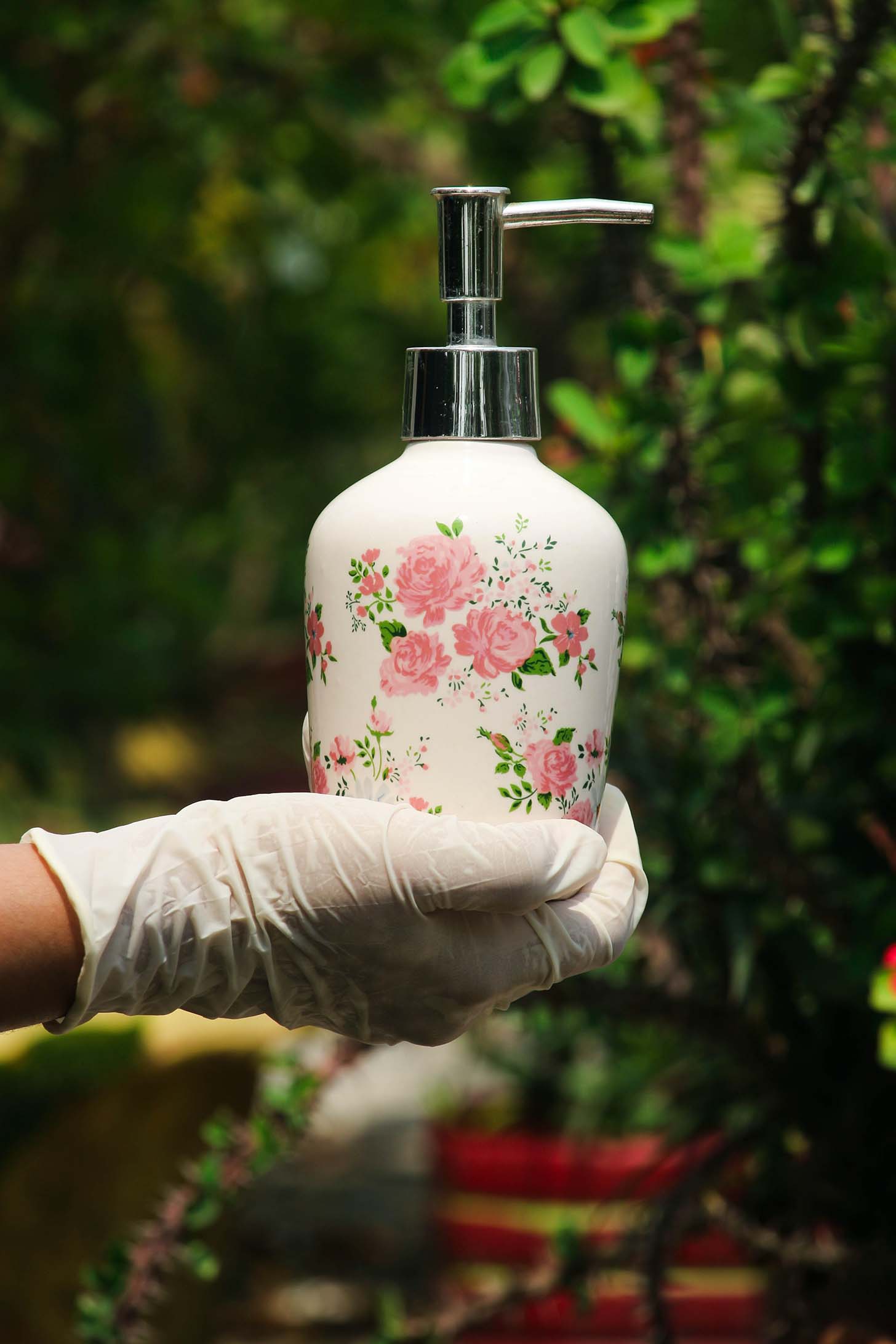Humidity. A Necessity. A Want. A Need. A Must!
Humidity. A Necessity. A Want. A Need. A Must!
Cosmos Plant Club's basic guide
to Humidity

Despite the misted up windows in your house on a winters morning - our homes are not so very plant friendly, particularly as we crank up the central heating and stoke the fire.
Dry air suits only a few of our indoor plants pals. Particulary those plants that are native to arid climates. They retain much of their moisture in their stem or by having very few leaves.
Cacti. A great example, breathing through its stem. Then plants such as Aloe Vera and Crassula that have really moisture thick foliage. These often waxy leaves or hairy stemmed plants allow them to retain their fluids and be almost self sufficent - which is a great bonus for the part time plant owner that is a bit lax with a care routine!
A really common dry air lover is the Kalenchoe. This is probably why they last and last and last and you can almost neglect this little thing and it will still stick around to try and please!
We've just had a drop of Kalenchoe 'Croco' at Cosmos Shed-Quarters. A more contemporary plant to some of its brothers and sisters. Check out its fab green combs - in our shop. One of our favs, a nice eye catcher!
So how can we improve the humidity in our homes?
Well, there are some organic ways we can do this, without contributing to our energy tariff and straining our planet. Or stretching the purse-strings (we'd rather you spent that buying more plant pals!) Some may encourage leaving the pan lids off when you cook, some articles may be persuasive in purchasing humidifiers.
The good thing is that more of us dry our clothes inside in the winter months, so use airers rather than a tumbledrier. Start positioning your clothes drier nearer to you jungle pals, thus improving their humidity and cutting down on the energy and cost of the 'lecky bill'.
Another simple way is to leave the bath water in for a bit or the washing up water. Once you've finished don't drain off the waste water until is gone completely cold. The warm air evapourates and increases the humidity in the room. That's why so many plants love to be sighted in bathrooms and kitchens. Please take care if you have young children in the house, unattended water spots can be hazardous*
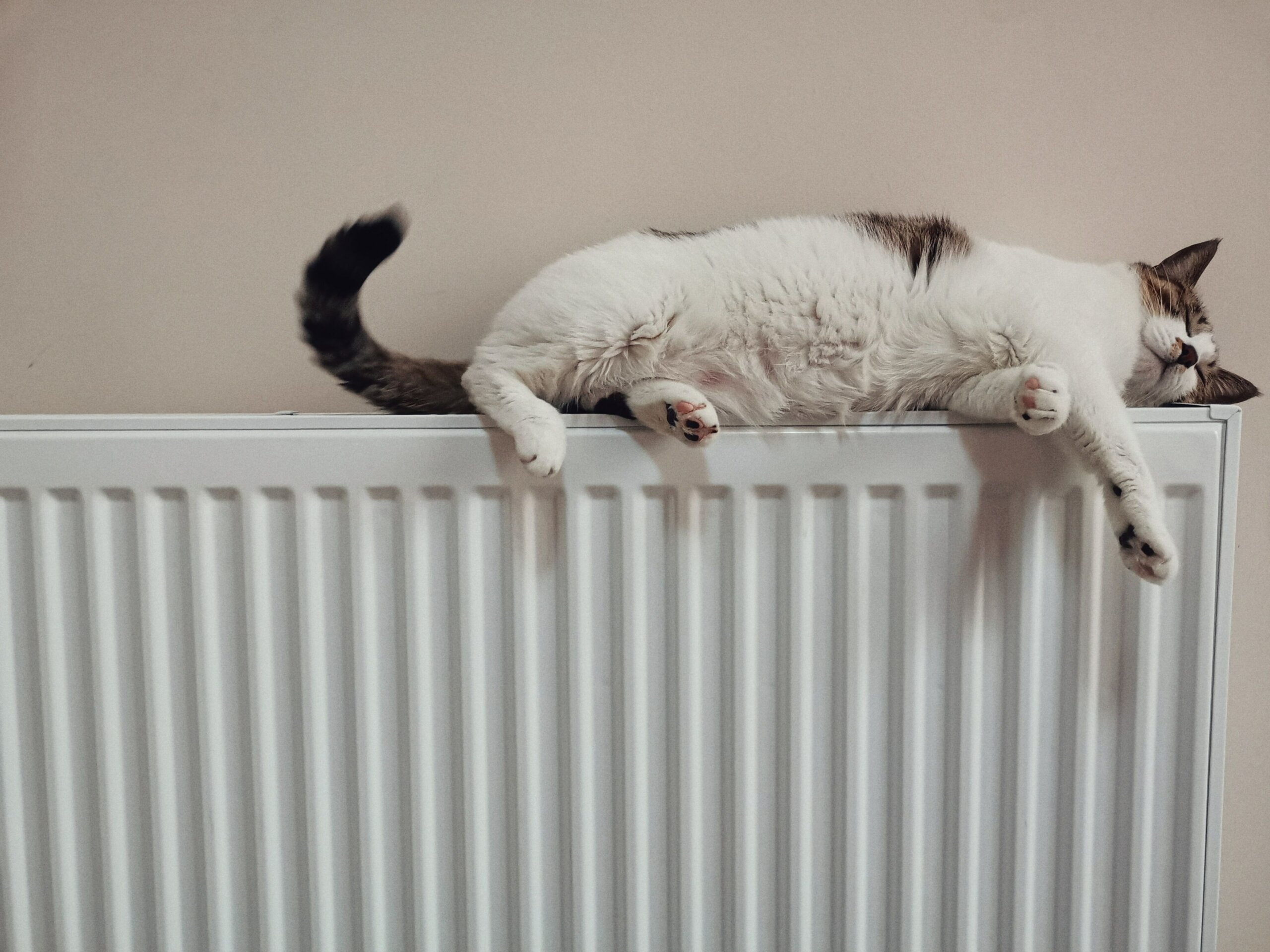
Release the steam from your bathroom into the house too, this will increased humidity throughout your home.
If you don't have young children or pets, you can place bowls (non plastic) of water near to heat sources, then the moisture evapourates slowly into air as the water warms. As a florist, I also suggest that you fill your home with beautiful cut British flowers! These flower vases can also provide a slow humidity release into your home.
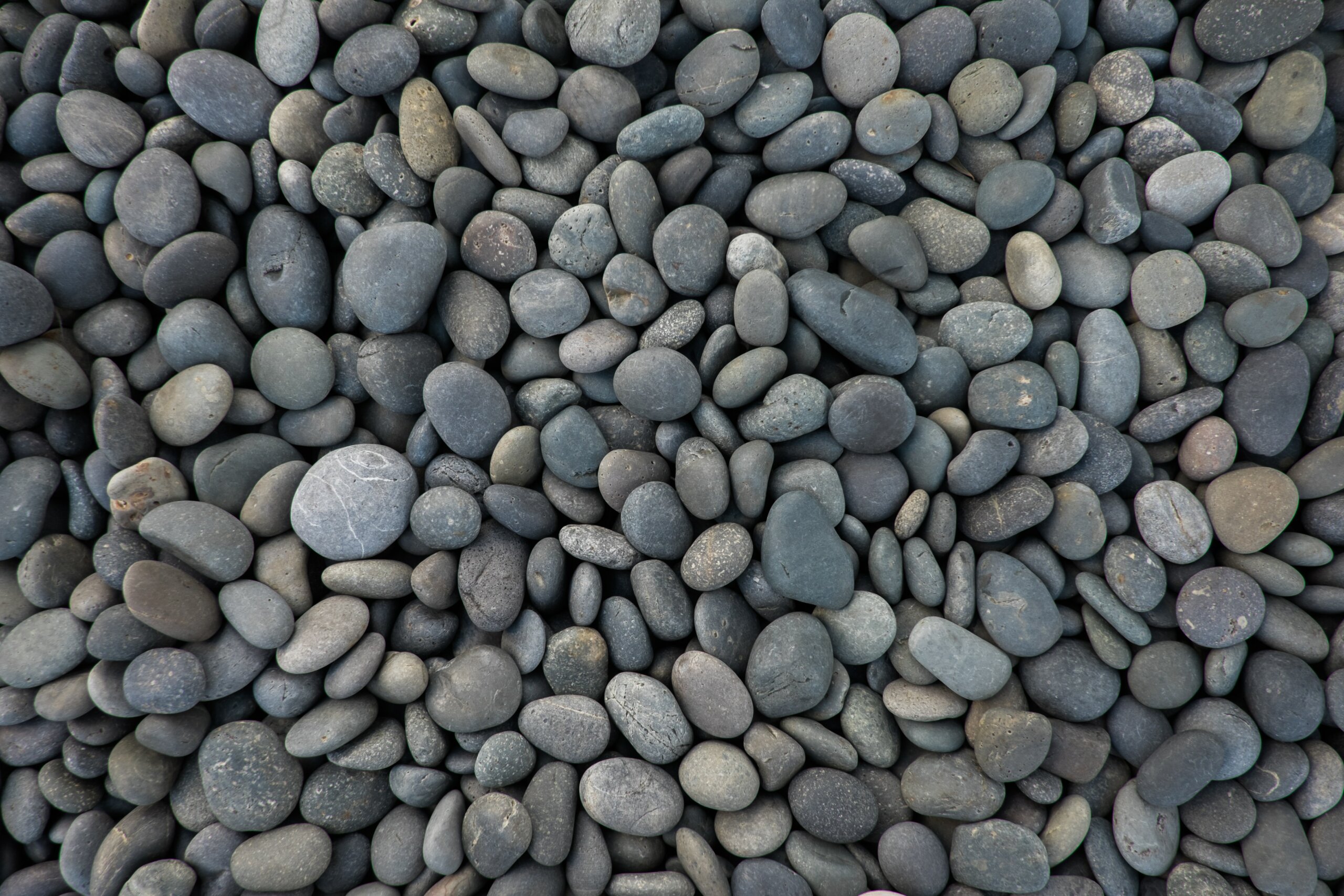
Pebble Trays... are often given as a solution to improve humidity around a group of plants or a needy patient. How much extra humidity it provides is questionable though as the water vapour disperses in all directions. Extra care is also needed here, to not let the plant sit in water. Pebbles need to raise the plant above the level of water you put in. Pebble Trays can be decoratively pleasing though and a nice feature to your jungle groovers.
Misting...again temporary humidification. It gives the plants an instant hit, but it's a bit like a sweety fix for a child. No sooner has the sweety gone that you're back to having a needy, still wanting customer!
The lovely thing about misting is YOU are forced to slow down. I love to mist, as it provided valueable time to observe my plant lovelies and really appreciate each one for its individual structure and beauty. Use this time to look for any problems, to remove any dead or damaged leaf, or more pleasantly see new growth appearing! Misting gives me quiet contemplation time and I have often been caught talking to my little greenlings too at this time!
Don't get me on terraniums and aquariums... we'll save that for another time.
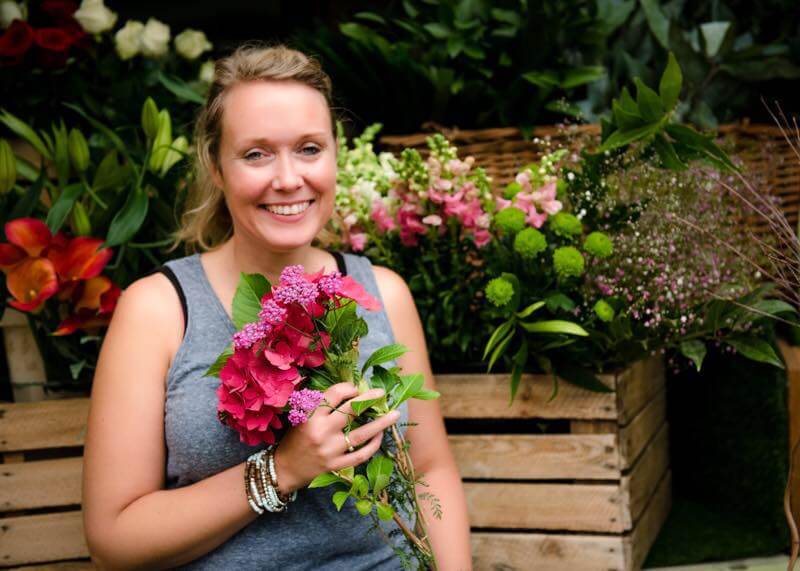
Article for Cosmos Plant Club by Lionne the lady in the shed



